
Oklahoma may have a tame reputation in the present, but it was once one of the roughest territories in what is now the United States.
Jonita Mullins, author, speaker and proprietor of Okie Heritage Tours, has written a weekly history column for the Muskogee Phoenix for 15 years as well as nine books on Oklahoma history. She often refers to the state’s past as “wild and woolly.”
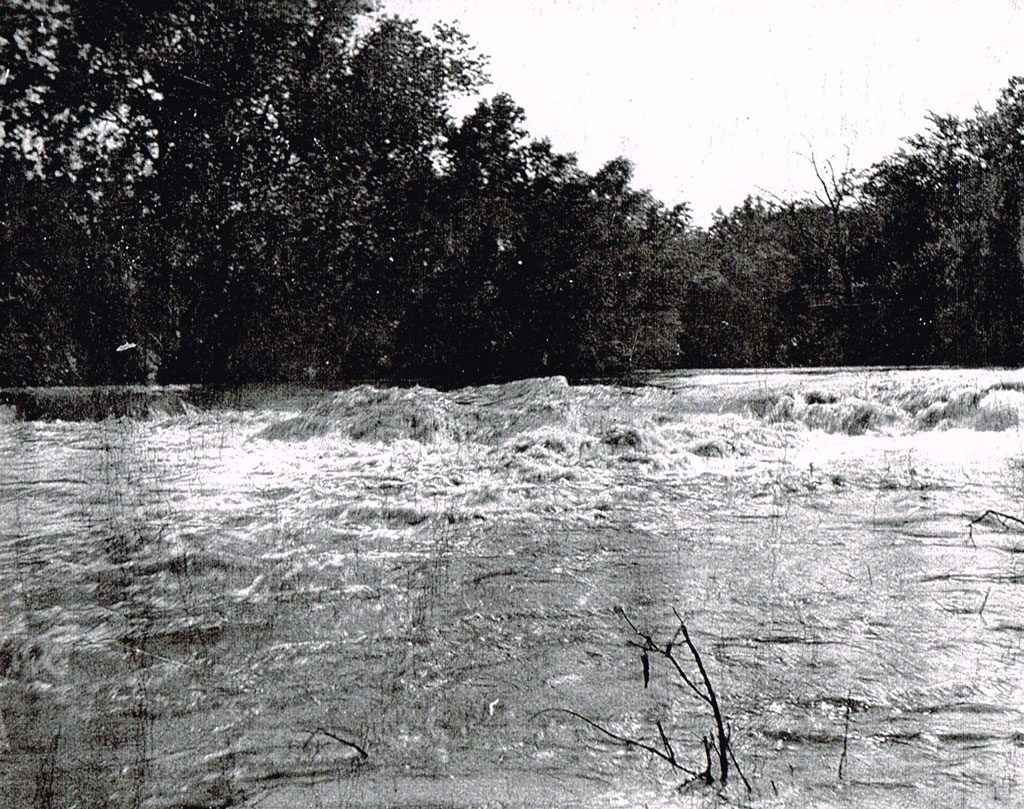
“Oklahoma has been described as the wildest section of the Wild West,” she says. “One of the primary reasons for this was … that from the 1830s, the area that came to be called Indian Territory was actually never a true territory. It consisted of five sovereign Indian nations. These tribes had jurisdiction to arrest and try only their own citizens, so criminals from the surrounding states found the sparsely settled territory a perfect hideout.
“The Indians were helpless to arrest these outlaws and bring them to justice. Not until Isaac Parker – known as the “hanging judge” – was given the authority to send U.S. deputy marshals into the territory to round up the bad guys did this era of lawlessness end. Even so, it is estimated that more deputy marshals were killed within a 50-mile radius of Muskogee than in any other location in the West.”
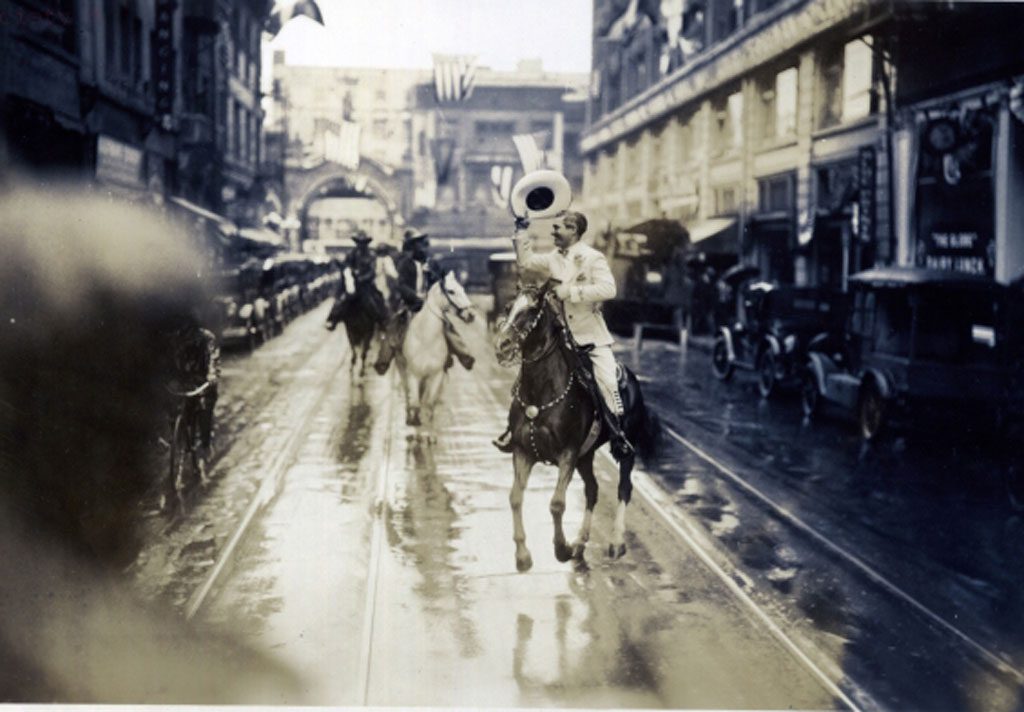
Following are a few favorite places of Oklahoma’s hell-raisers. Some were rowdy, some deadly and some heartbreaking. All shaped the place we call home.
Blue Belle Saloon
In a city with a storied past, few locations in Guthrie were more lively than the Blue Belle Saloon. John Sempsel bought the grounds on the day of the 1889 Land Run; by the next day and under a tent, he offered refreshments and tobacco to other settlers.
It wasn’t long before a proper structure was built, and the business became one of the most popular saloons in Guthrie. Miss Lizzie’s Bordello did a feisty business on the second floor. The saloon was shut down when Oklahoma went dry upon statehood, but the bordello is rumored to have survived until World War II.
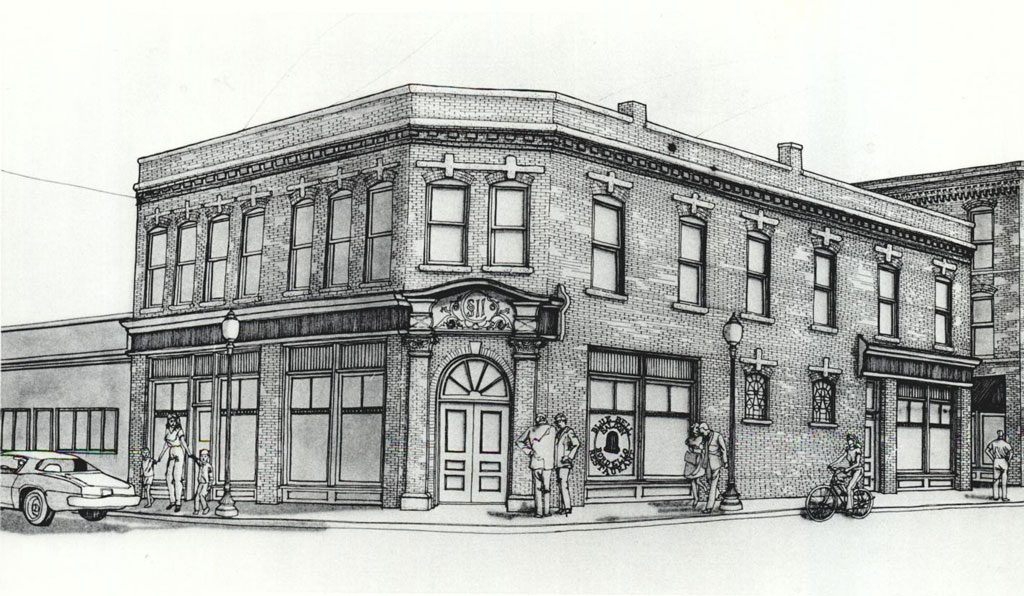
Silent film star Tom Mix tended bar in its early years before heading off for Hollywood, and more than 100 years later, rumors still abound about mysterious deaths in the basement. Today, echoes of the Blue Belle’s salacious past linger.
Though the building sits empty today awaiting its next proprietor to knock the dust off the bar, some say they have heard mysterious noises resonating throughout the upstairs and seen the specter of a dark-haired female – perhaps Miss Lizzie herself – on the premises.
Robbers Cave
Robbers Cave near Wilburton is far more than a prime location for nature lovers. Nestled in the San Bois Mountains in Latimer County, the cave was a hiding place for Civil War deserters from both the Union and the Confederacy. However, these were not the culprits who gave the area its moniker. Legend has it that such infamous criminals as Jesse James, the Youngers, Belle

Starr and the Dalton Gang all made the area their hideouts after pulling off famous heists and running from the law. The dense forest and deep rock formations made the perfect lair for outlaws, their horses and their loot. The cave is rumored to have a secret exit, known only to its notorious visitors, in case anyone needed to make a quick escape. Rumors persist of hidden treasure in the area, not all of which are unfounded; according to The Oklahoman, Robbers Cave State Park employees discovered a large stash of golden wedding rings in the 1950s. Today, anyone can enjoy the spectacular scenery, rock climbing and a glimpse of the state’s rowdy history.
Horsethief Canyon
Another storied location where history and lore blend seamlessly is Horsethief Canyon, about eight miles west of Perkins in Logan County. Legend has it that the canyon on the bank of the Cimarron River was a common loitering spot for criminals, and that a dugout discovered in the canyon wall was a common meeting spot for members of the Dalton and Doolin gangs, horse thieves, cattle rustlers and general ne’er-do-wells.

As more settlers came to the lawless area, they demanded a crackdown on nefarious activities, and the Anti-Horse Thief Association soon had a foothold, with backup from local cowboy legends like Pistol Pete. Eventually, Horsethief Canyon lost its nasty reputation and became a popular spot for picnickers and nature lovers. Today, the canyon is owned by Ben Holder, who offers access to the area by reservation. Holder has built an eagle observation deck that offers spectacular vistas over the Cimarron; picnicking is still allowed. Interested parties can reach Holder at [email protected] or 405.880.5551. Admission fees are by donation.
Keokuk Falls
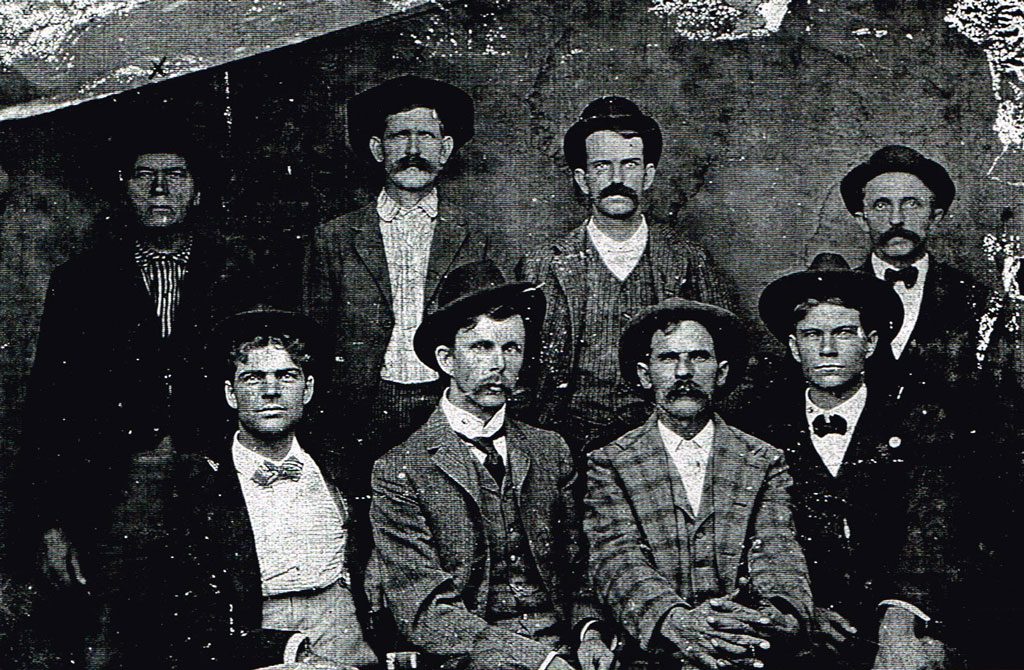
Keokuk Falls, a dubious attraction in present day Pottawatomie County, had a reputation as one of the nastiest towns in the Old West. One of the many liquor towns that sprang up just outside dry Indian Territory, the Falls had two distilleries, which kept bars flush with alcohol, including the town’s Seven Deadly Saloons, and made a lucrative (and deadly) sideline for bootleggers in nearby Seminole and Creek nations. While extremely dangerous, the town wasn’t technically lawless; marshals just had a bad habit of getting killed. Parker, the infamous “hanging judge,” sought to put an end to that; his last case was a man convicted of murder in the Falls. The boardwalks of Keokuk Falls – rumored to be covered in blood from the propensity of inhabitants to settle arguments with guns, knives, axes or whatever else happened to be at hand – remained a favorite tramping ground into the 1920s for the likes of such big-time baddies as Pretty Boy Floyd. But after statehood cut off the flow of liquor, it was only a matter of time before this party town became a ghost town.
Cave House
Many Tulsans and out-of-towners have passed by the strange structure at 1623 Charles Page Blvd. and wondered how it came to be. While the outside looks like something from a Flintstones cartoon, the Cave House was built as a restaurant – the Cave Garden – in the 1920s. But the restaurant was just a ruse; savvy diners could come back when the sun went down to enjoy the forbidden fruits of a speakeasy dug into a hill near the Arkansas River.
Patrons dashed through a secret passageway behind the fireplace to enter a network of tunnels where liquor was made and sold. Floyd, sometimes called Oklahoma’s favorite gangster, is said to have tossed a few down the hatch with his gang at the secret bar.
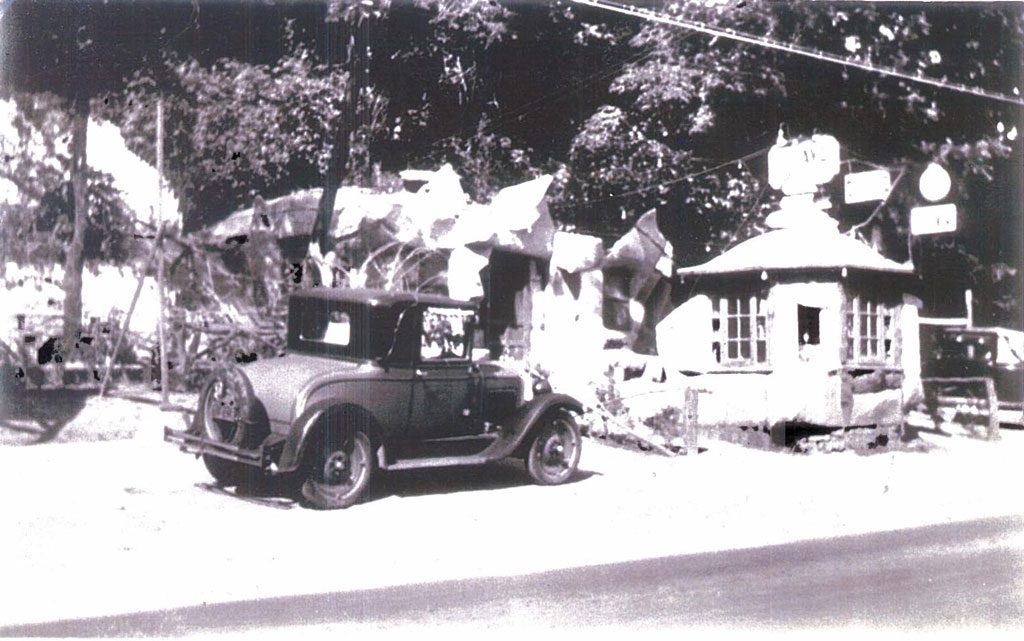
The unstable structure of the Cave House has not allowed the current owner to excavate behind the fireplace, but there have been many interesting finds in the house over the years, including secret vaults, stashes of money and bootlegging bottles. Visitors might even run into a few spectral inhabitants, according to paranormal investigators. Tours of this location are available by appointment only at 918.378.1952.
Osage County
Of all the episodes in Oklahoma’s dark past, few if any are as heartrending as the systematic killings of members of the Osage Tribe. Driven from their homes in Kansas into Indian Territory in the 1870s, the Osage discovered oil in what would become Osage County. This made tribal members fabulously wealthy – and tragically vulnerable. In the 1920s, the Osage began to mysteriously vanish or die in alarming numbers. Their riches often went to their closest family members: either other Osage who shortly perished or white settlers to whom many tribe members were married.
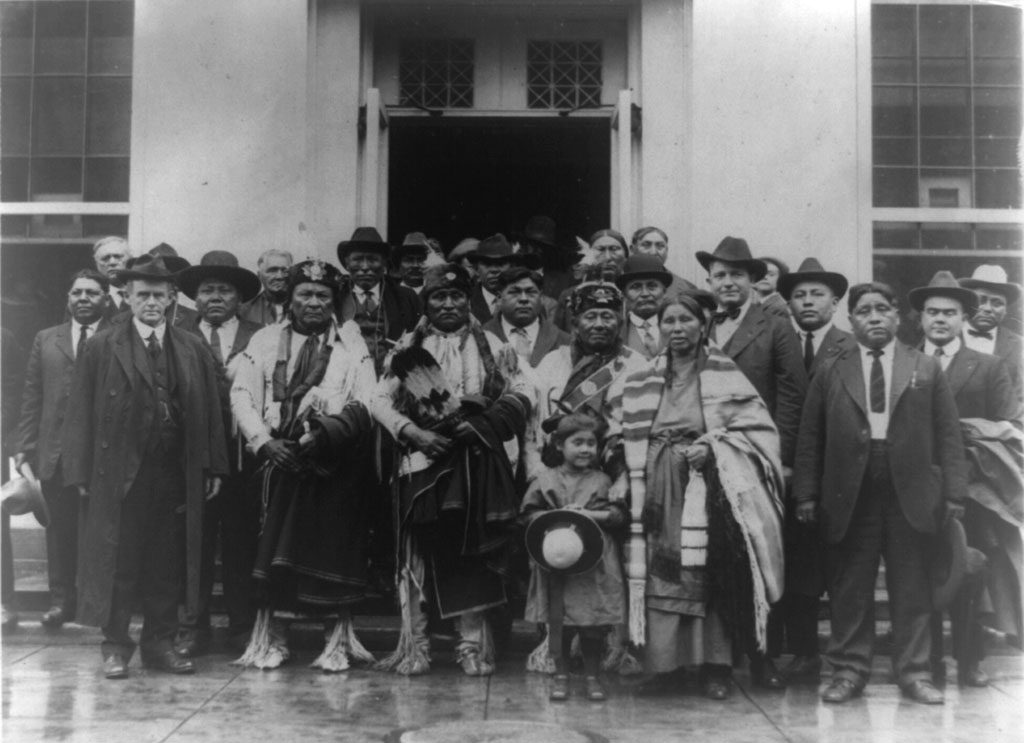
Scores of Osage were estimated to be killed in the most Machiavellian of fashions: firebombed homes; staged car crashes; and, the perennial coward’s weapon, poison. Entire families were eradicated, sometimes by the very people they had taken into their homes. Those who tried to help tribal members often met with grim fates as well; one man was thrown from a train on his way to seek aid. Eventually, agents of the nascent FBI uncovered a large-scale conspiracy to defraud and slaughter the Osage. Author David Grann tells the story of the Osage killings in his National Book Award finalist, Killers of the Flower Moon.






















